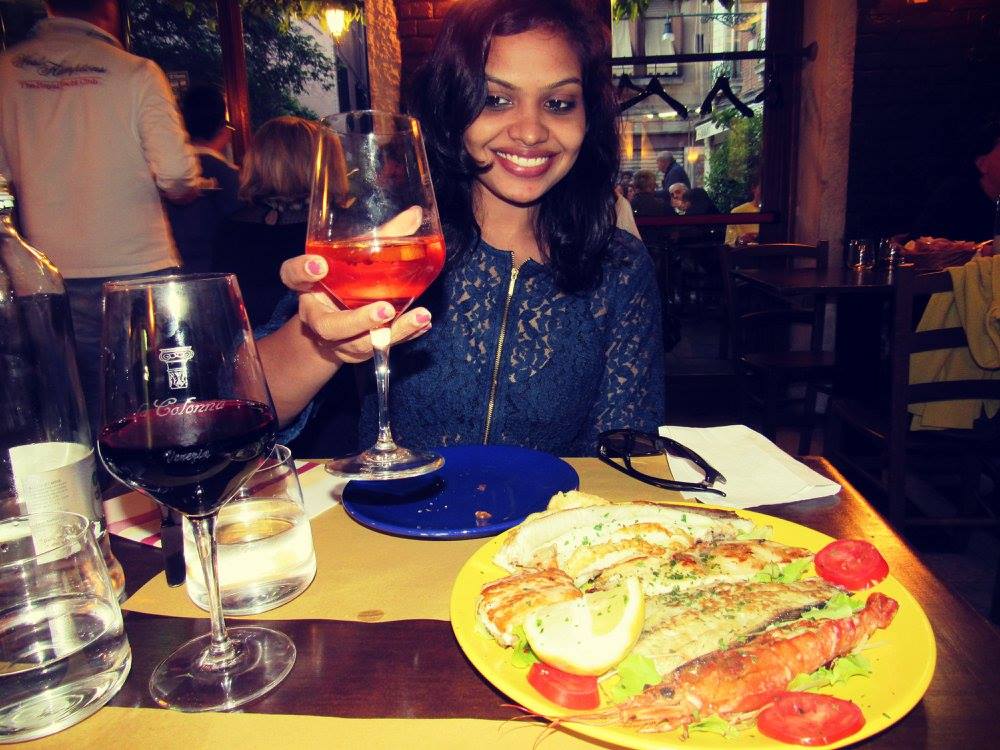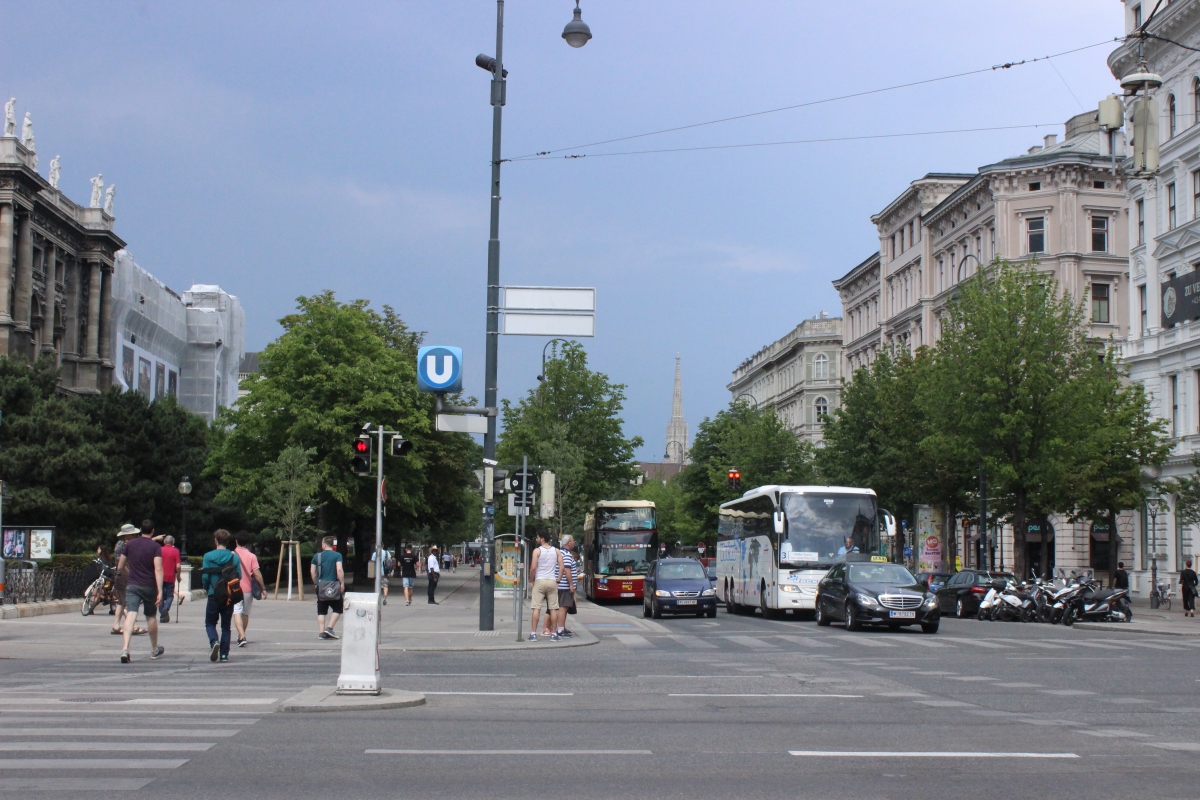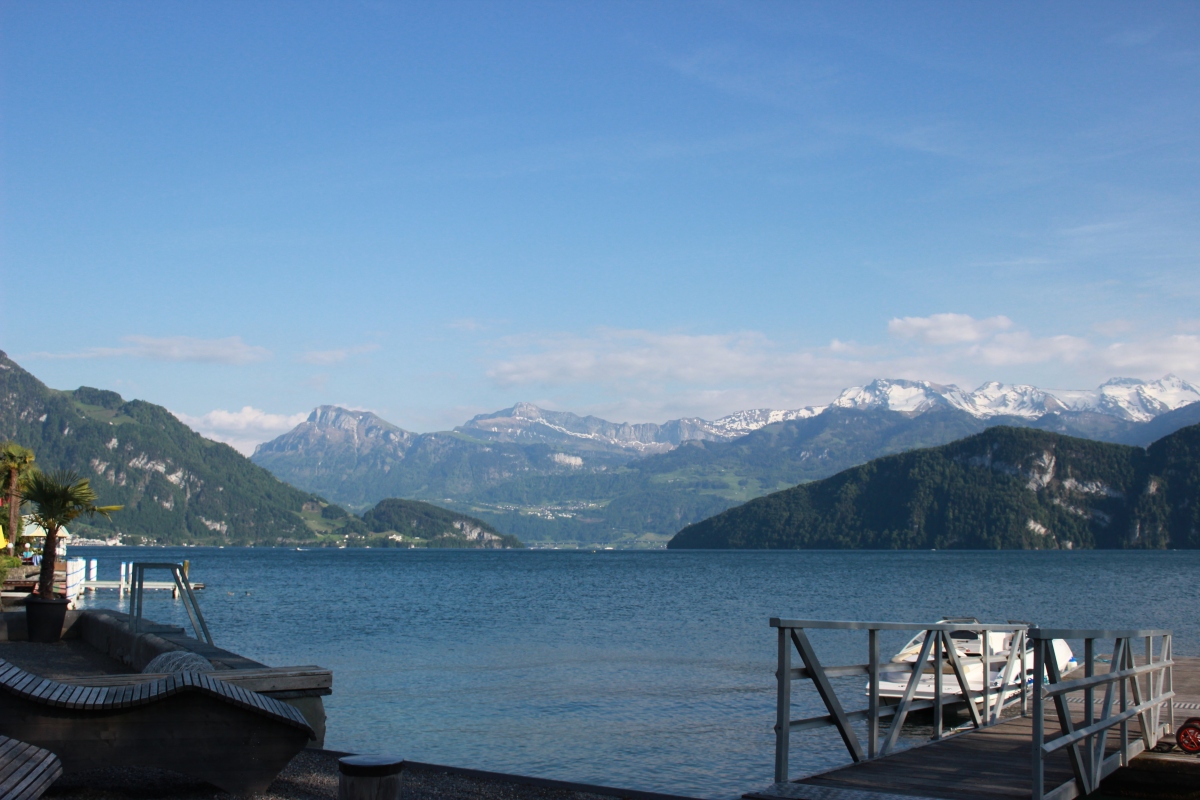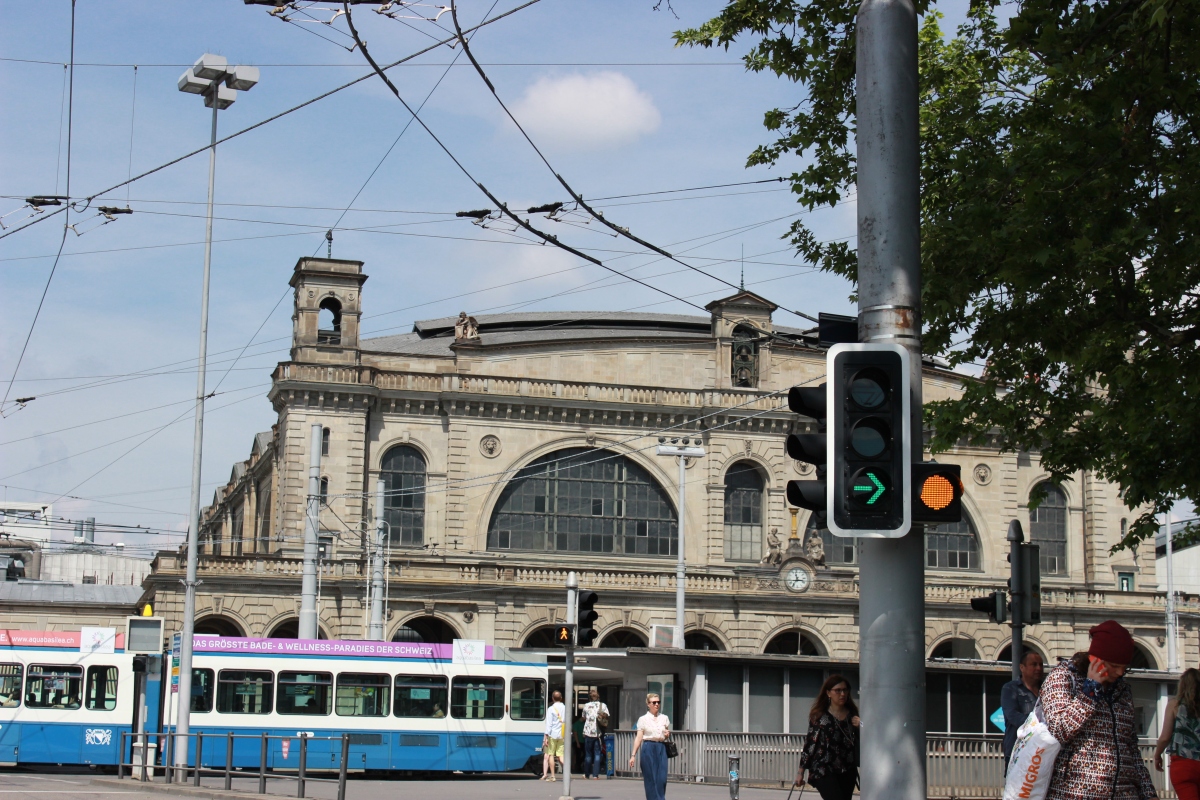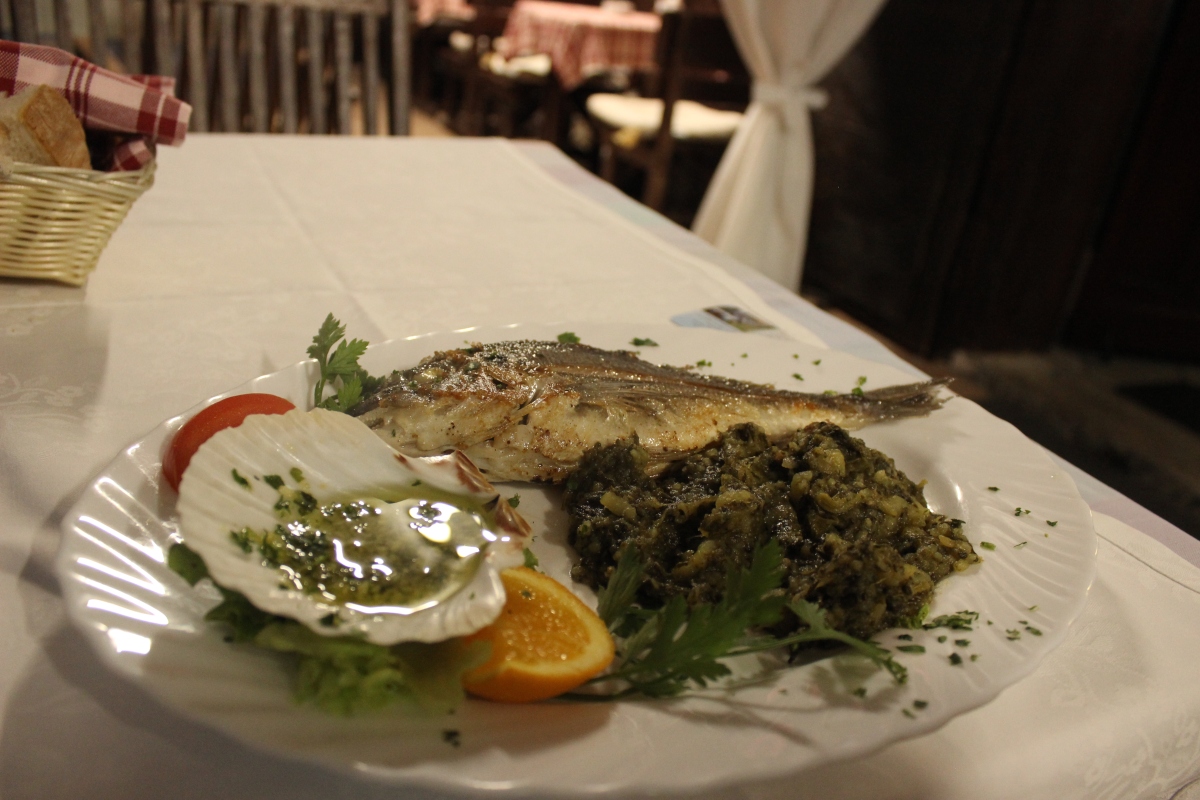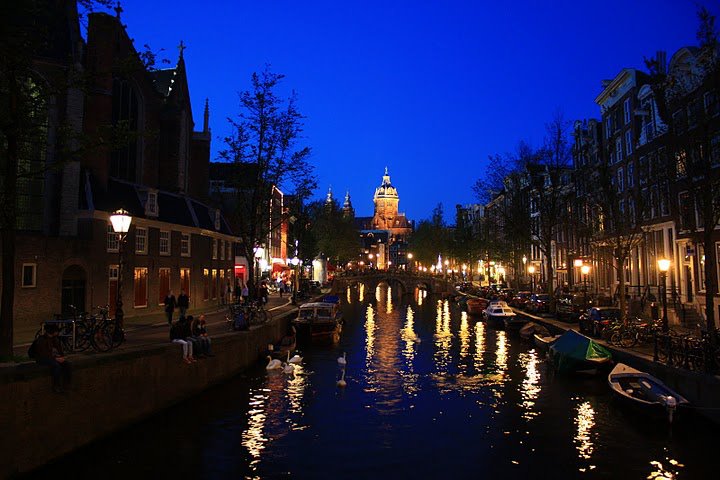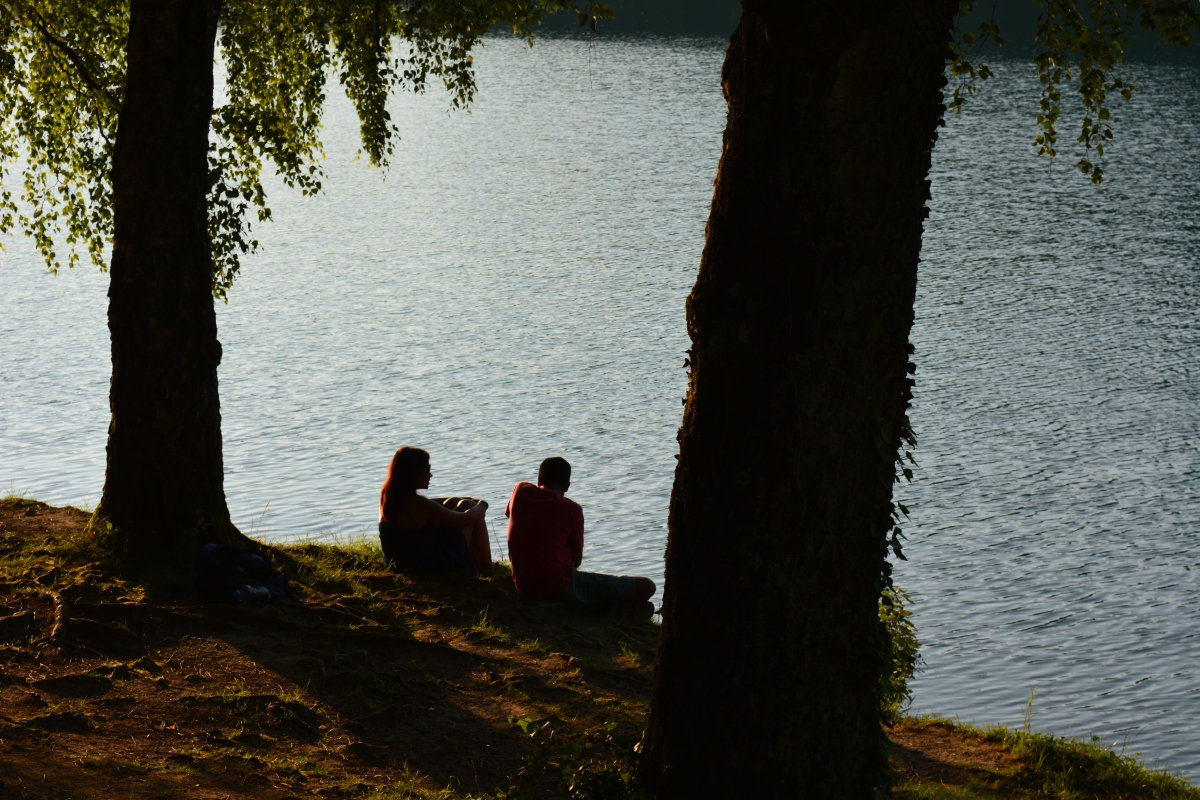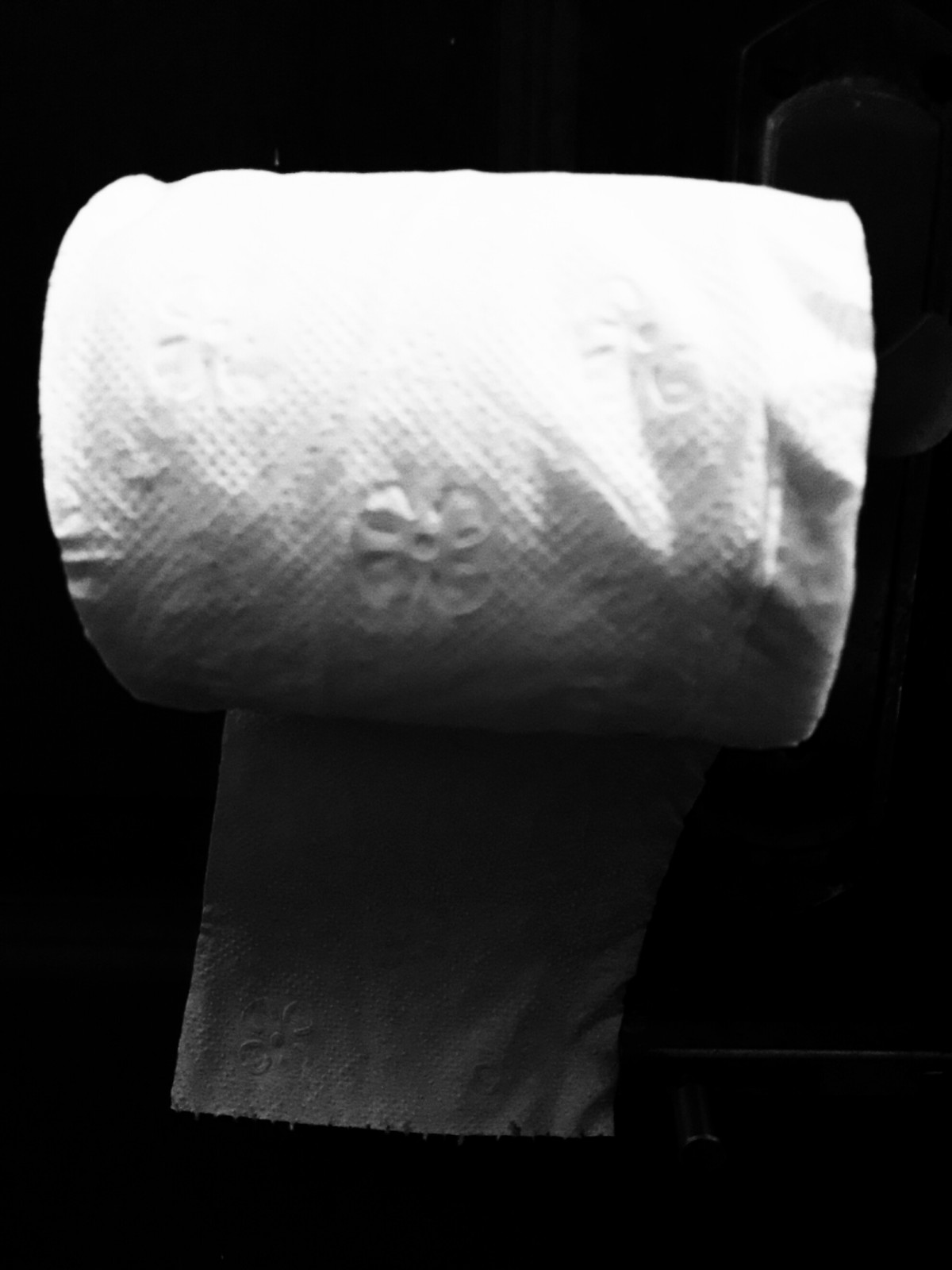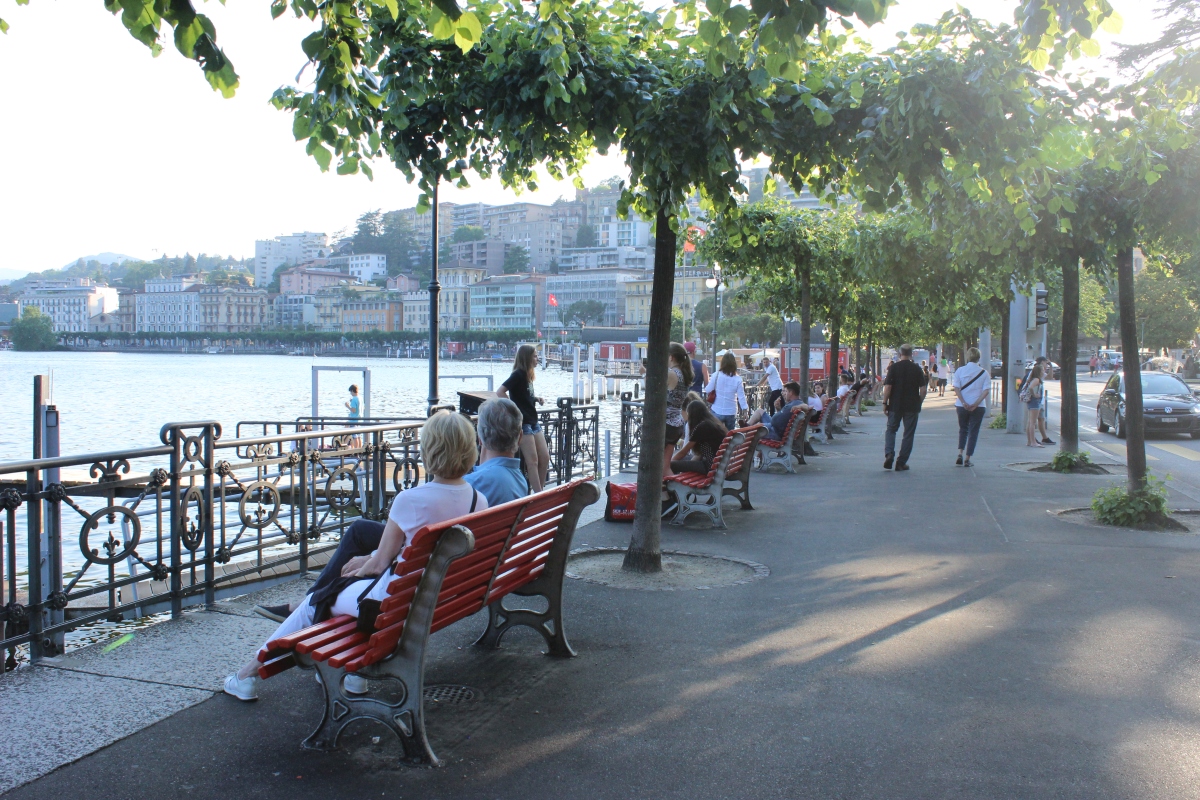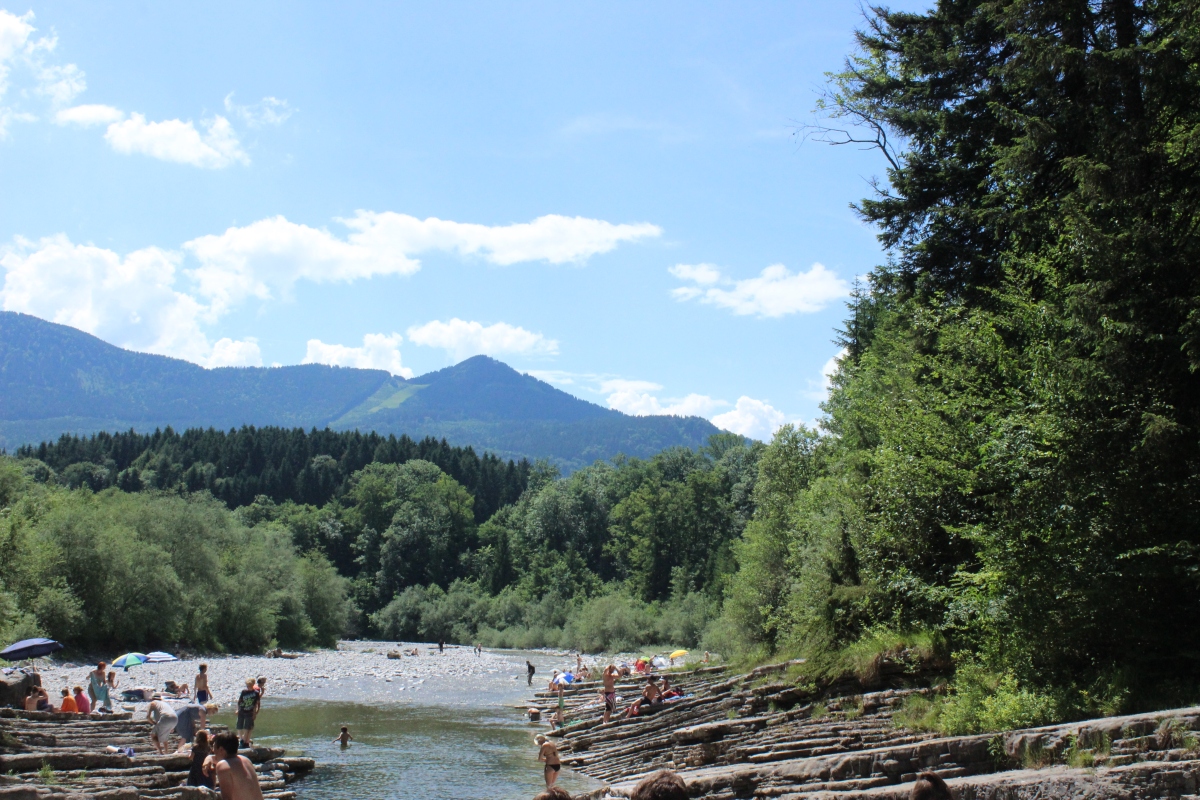I handed out a box of crispy Chhena Mudki to my colleagues in office. Back in Bangalore from a well-fed vacation in Odisha ( a state in the eastern India and also my home state), I wanted to treat my colleagues with sweets from there. “This is yummy, tastes like some Bengali sweet.” “Oh! Do Odiya people also make such sweets?” Although a bit disappointing, this wasn’t happening for the first time. Sweets of Odisha have remained a well-kept secret, although every Odiya is born with a sweet tooth.
Lack of marketing and promotion is a key reason for Odisha’s cuisine not getting its fair share of recognition in the gastronomic map of India. There has been a hue and cry over Rasagolla and whether it originated in Bengal or Odisha. But, Rasagolla is just one of the many sweets that Odisha produces. Each district in Odisha has a unique sweet of its own.
Most sweets originated in Odisha as offerings to deities, primarily Lord Jagannath of Puri. The porous borders between Odisha and Bengal in days of yore ensured that the two states share similarities in the ingredients and preparation techniques. Some of these sweets flowed into Bengal through cooks, who moved to Bengal for job opportunities. However, there are a variety of sweets that are still unique to Odisha.
Chhena (coagulated milk) with various degrees of firmness forms the base of most Odiya sweets, and most of the sweets’ names start with Chhena.
Here is a list of twelve of my favorite Odiya sweets and I believe they will be an instant hit with any dessert-lover.
1.Chhena Poda:
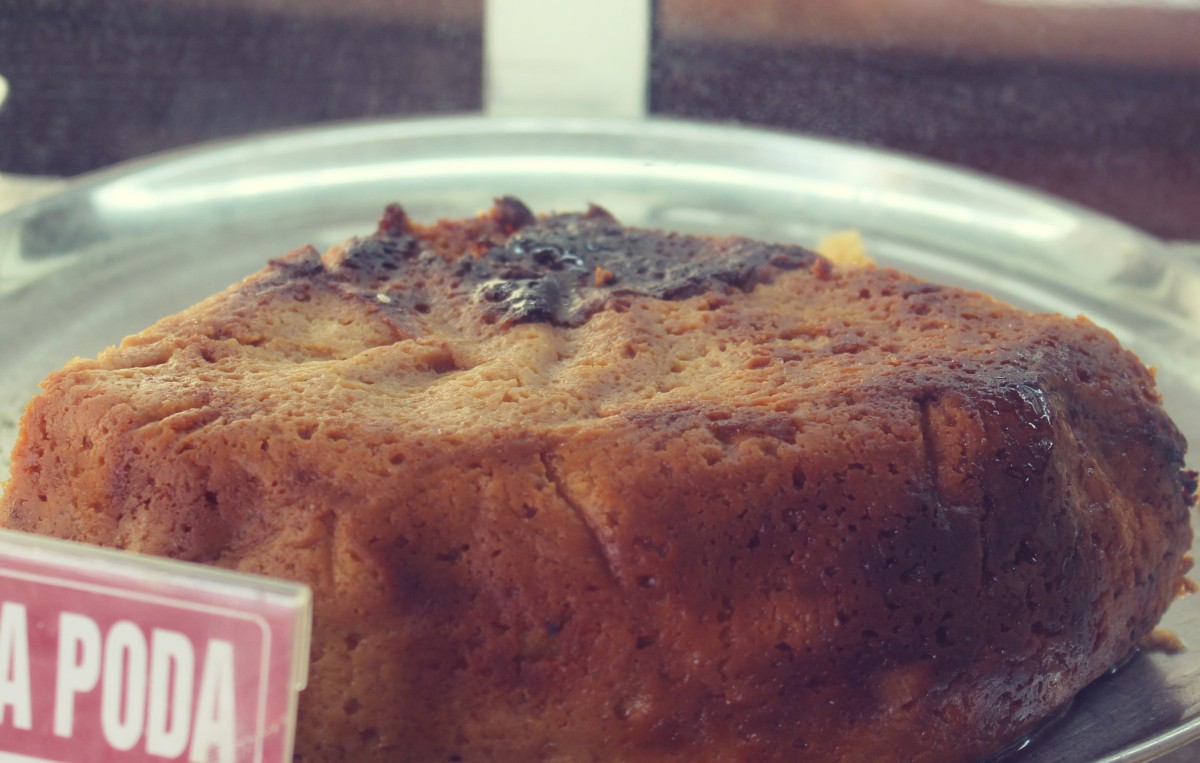
Poda in Odiya means burnt. Chhena Poda translates to “burnt cheese cake” in English. Having originated in Nayagarh, the sweet is a state-favorite. Preparation involves kneading the Chhena well along with dry fruits and sugar and putting it inside Sal or banana leaves. It is then baked for several hours to get a rich, brown crust. Chhena Poda is a subtle sweet with the richness of cottage cheese and a crispy crust which melts in mouth.
2.Rasagolla:
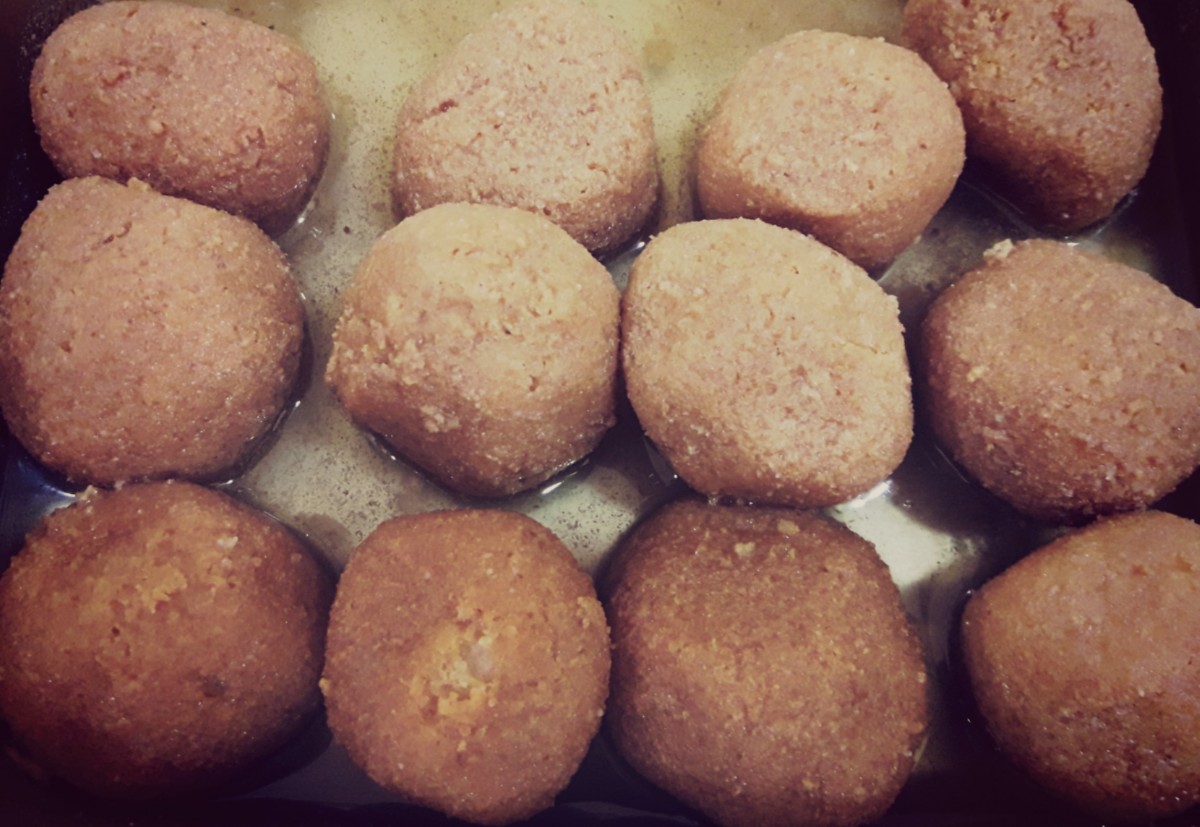
This syrupy ball of Chhena has been the subject of a battle for GI tag. Although Odisha lost the battle for Rasagolla‘s origin to Bengal, the Rasagollas in Odisha are a completely different fare. Odisha’s Rasagollas come in a variety of sizes, colors and sweetness content. Historians from Odisha argue that Rasagolla originated around Jagannath temple as an offering for the deities. Pahala (near Bhubaneswar) and Salepur (near Cuttack) produce two different varieties of Rasagolla and are equally loved by people of the state.
3.Chhenna Gajja:
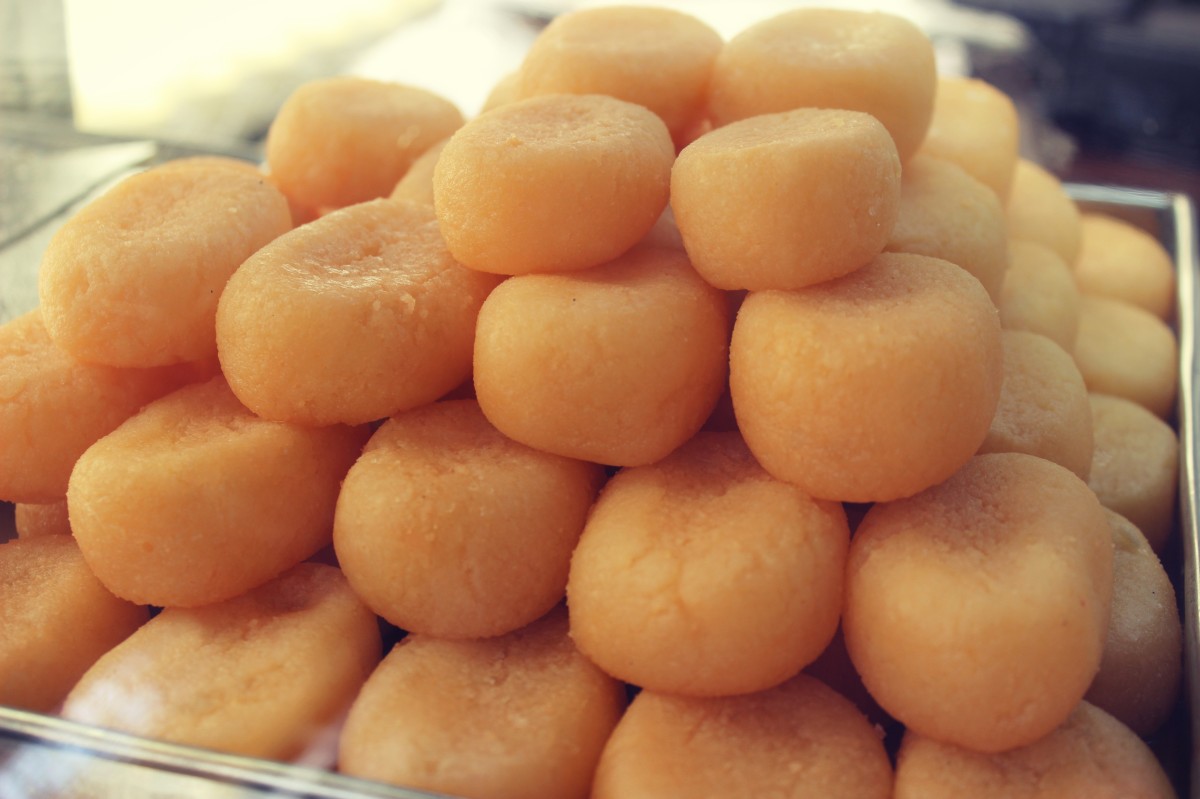
My favorite sweet of the lot, Chhena Gajja is a drier version of Rasagolla. It is soft and less chewy than Rasagolla. Pahala (near Bhubaneswar) is the best place to have the authentic Chhena Gajja.
4.Chhena Mudki:
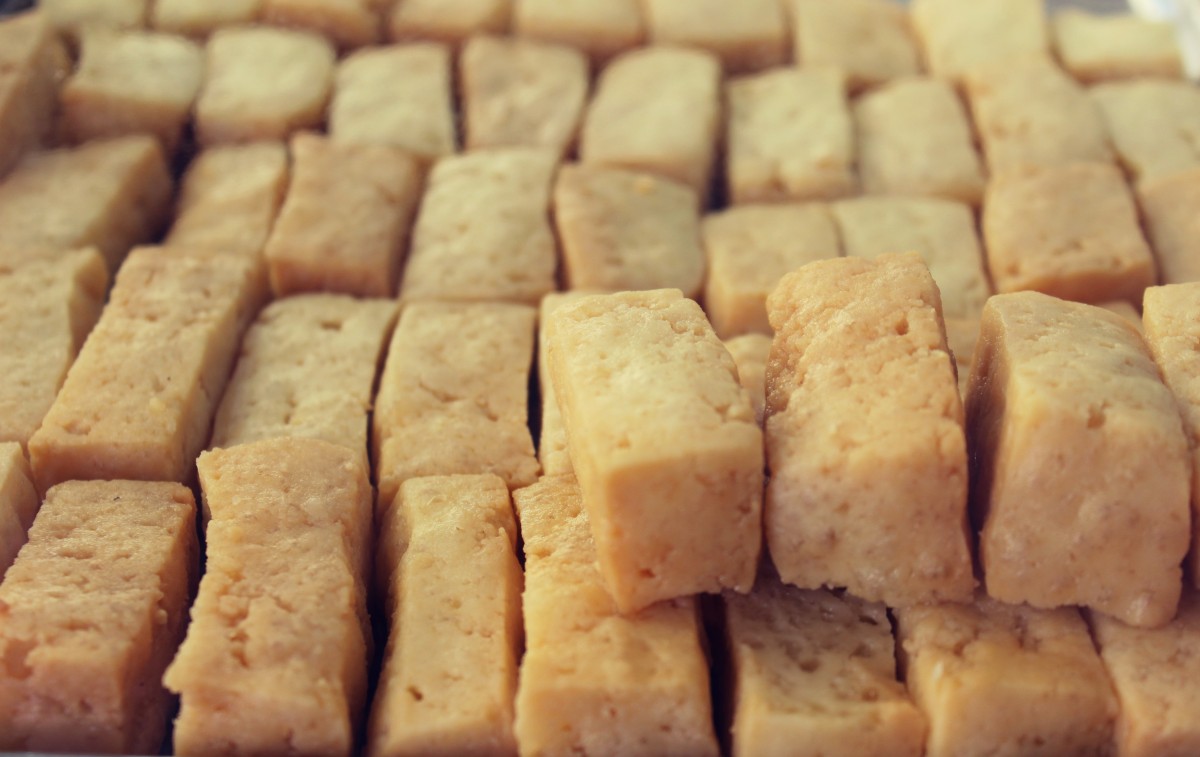
Very different from the softer version of Chhena sweets, Chhena Mudki is firm and chewy. It is not too sweet and one can end up eating a lot of it as it is yummy. Pirahat, a town in Bhadrak district, produces the best Chhena Mudkis in the state.
5.Chhena Payas:
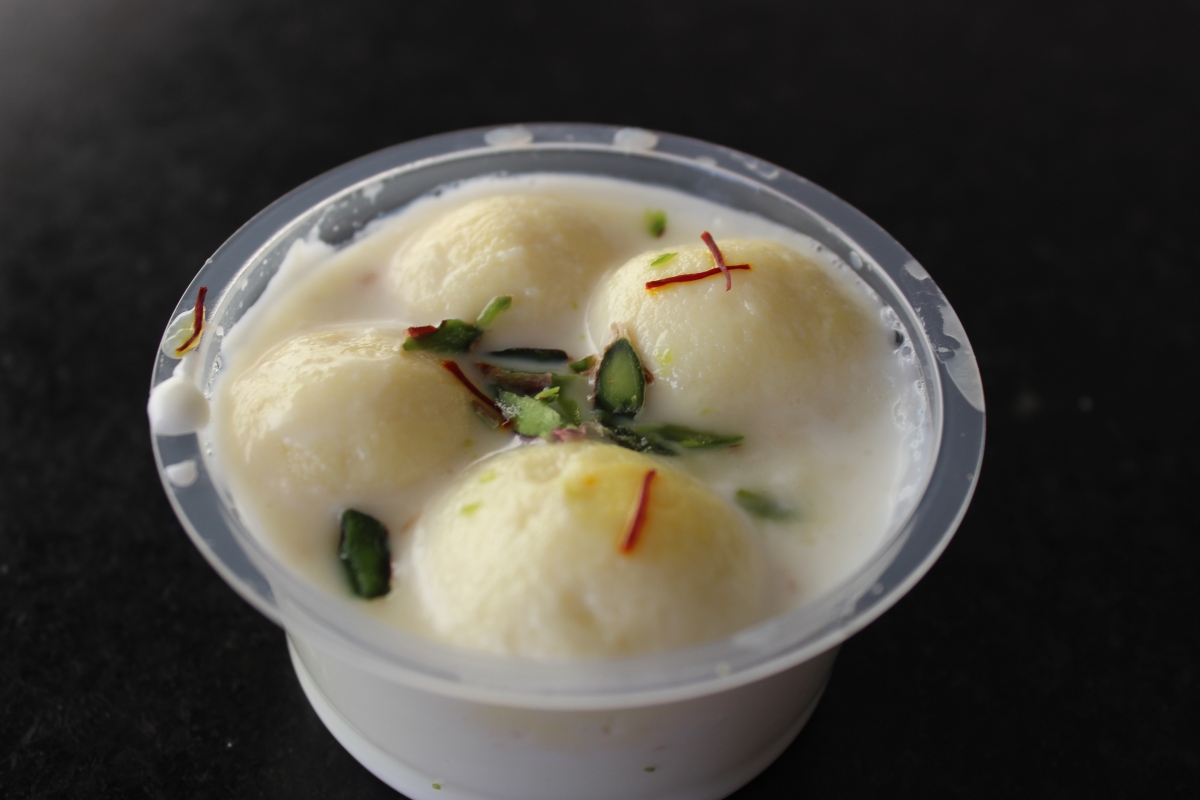
In this sweet preparation, Payas or kheer (porridge) is made of Chhena instead of rice and sometimes contains Chhena balls dipped in it. It is a popular dessert at most wedding feasts.
Steamed Cake:
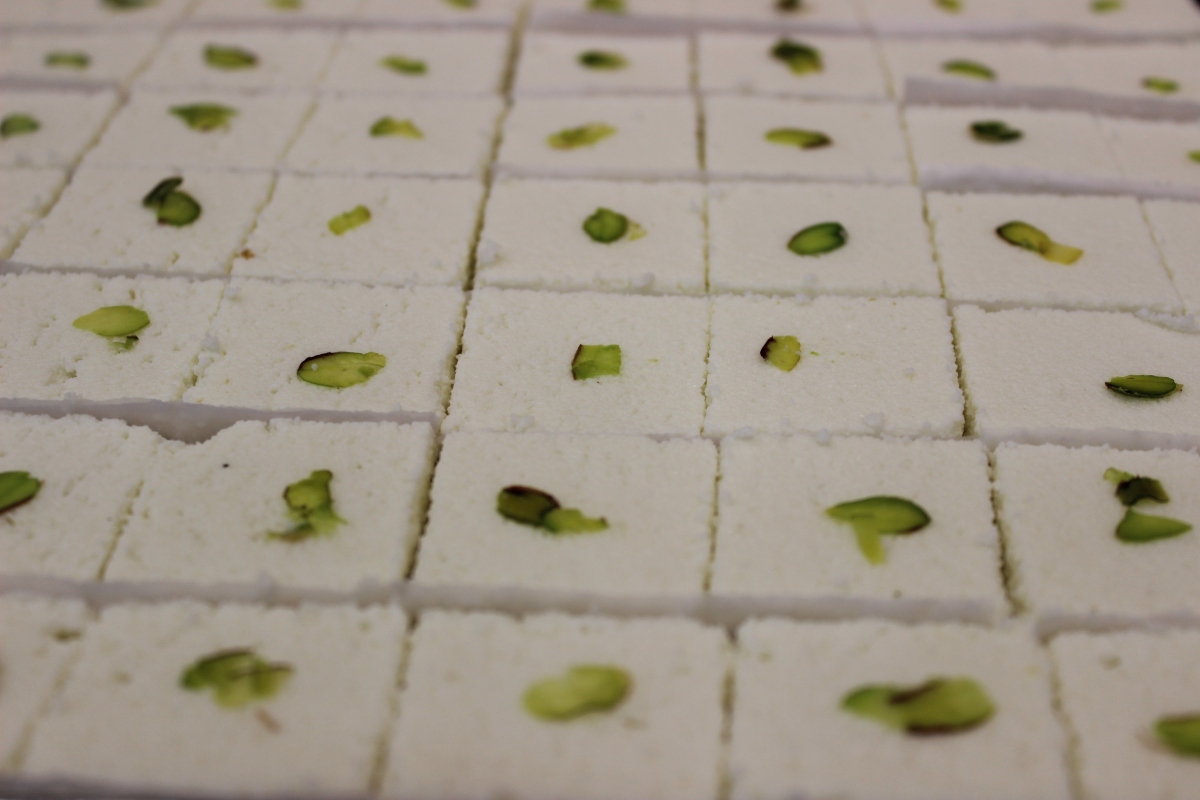
A bit different from Bengal’s Chhena Sandesh, the Steamed Cake is Chhena in its purest form. Mostly popular in Bhadrak, the sweet is fluffy and contains very less sugar. The steamed preparation keeps the original flavor of the Chhena intact. I have not seen it in shops outside Bhadrak, although there are variations of the sweet found all over the state.
Chhena Jilpi (Jalebi):
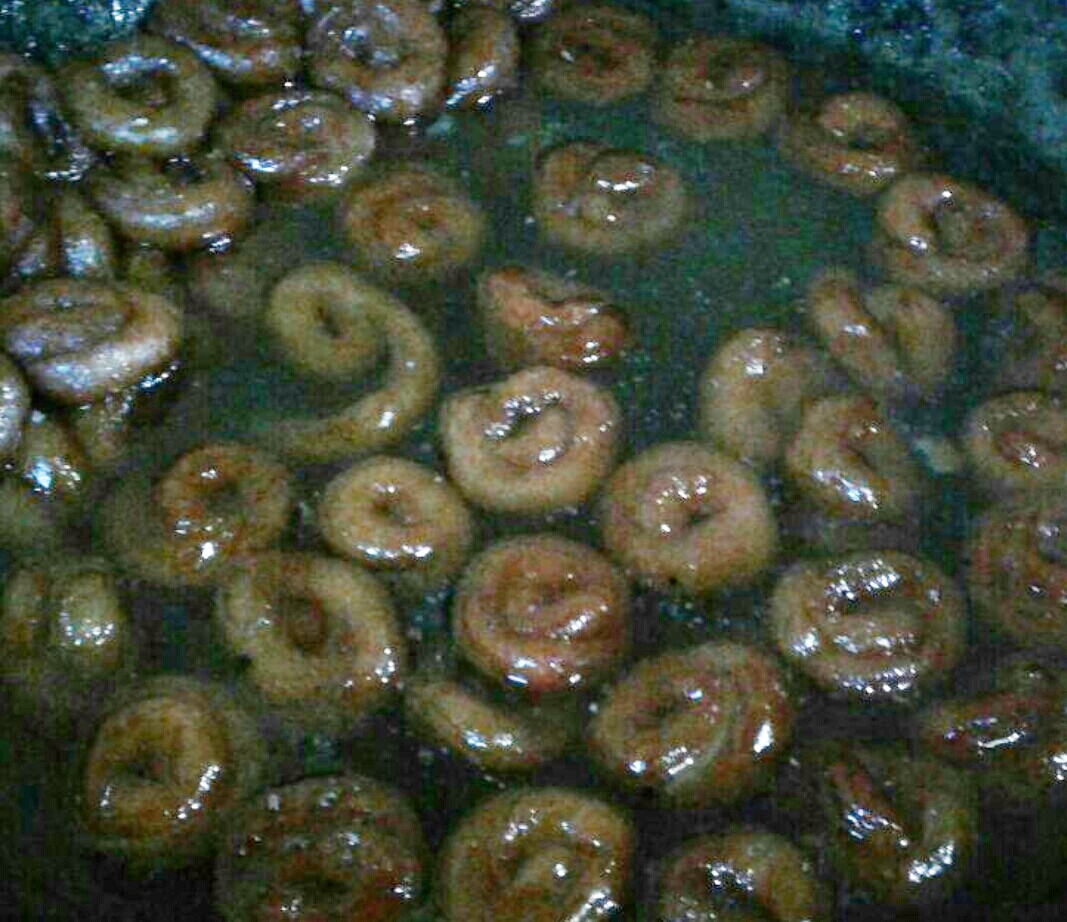
Jilpi in Odiya means Jalebi. The jalebis are made out of Chhena is this case. They are a pure delight for the taste buds as they melt in mouth with a rich, sugary after-taste. Chhena Jilpi is mostly available in Mayurbhanj district.
Khaja/ Pheni:
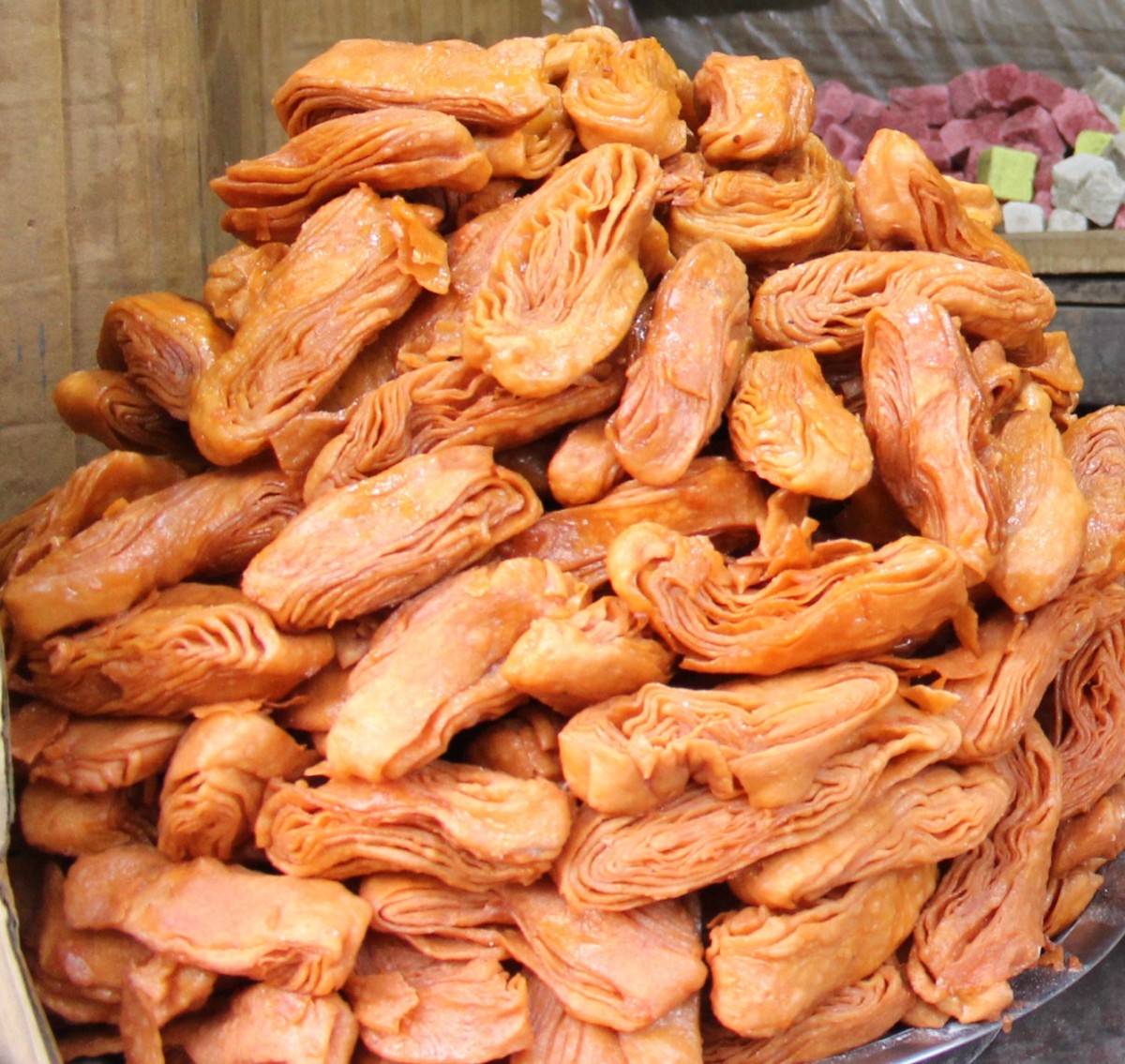
Khaja aka Pheni is one of the Chappan Bhog (56 varieties of offerings) that are offered to Lord Jagannath daily. It is made from refined flour and sugar. The dough is cut after rolling it like a rope, which gives it a layered shape. It is crunchy and dry and is eaten mostly as a snack than a dessert.
Aarisa Pitha:
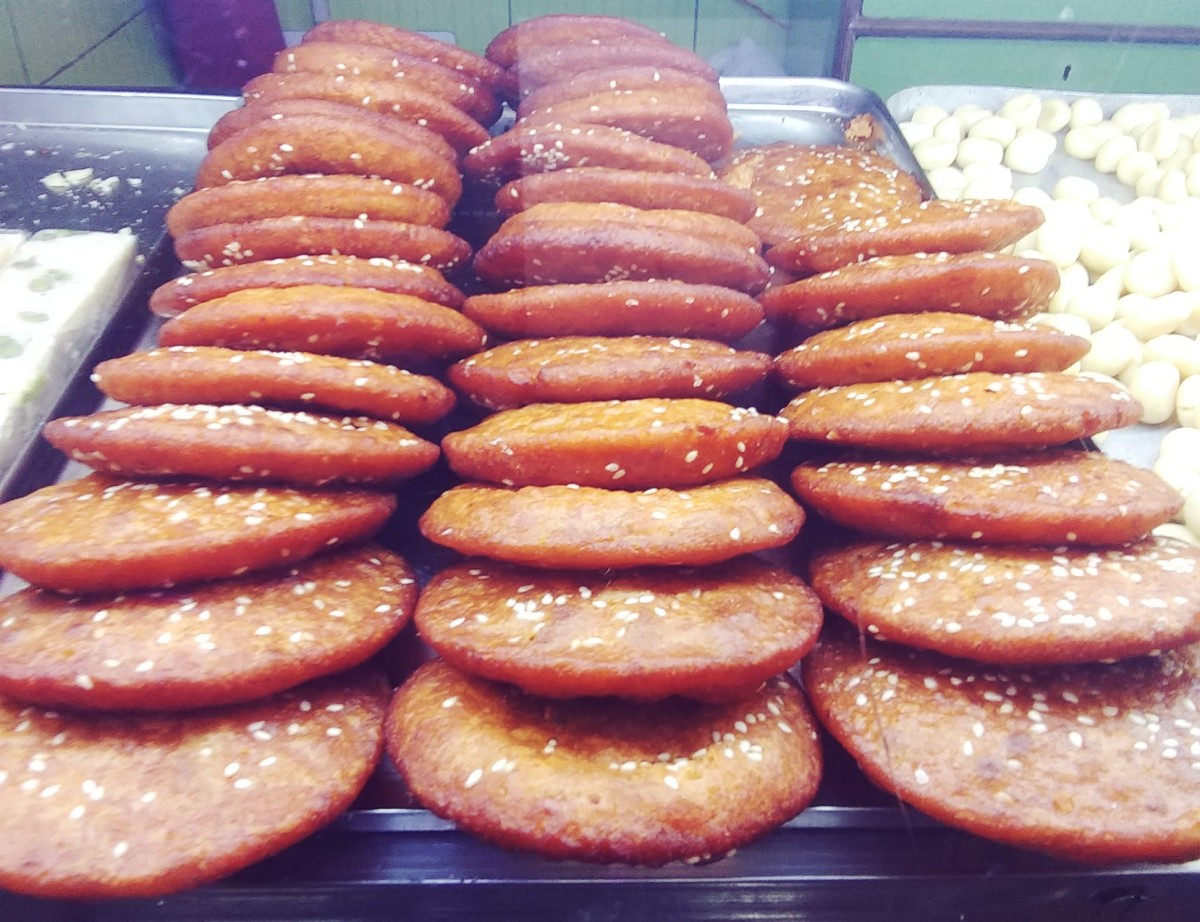
Made up of rice powder and jaggery, this crunchy sweet masquerades as a snack. It is mostly prepared around festivals. Since it is dry, Aarisa Pitha lasts long without going bad.
Sev Ladoo:
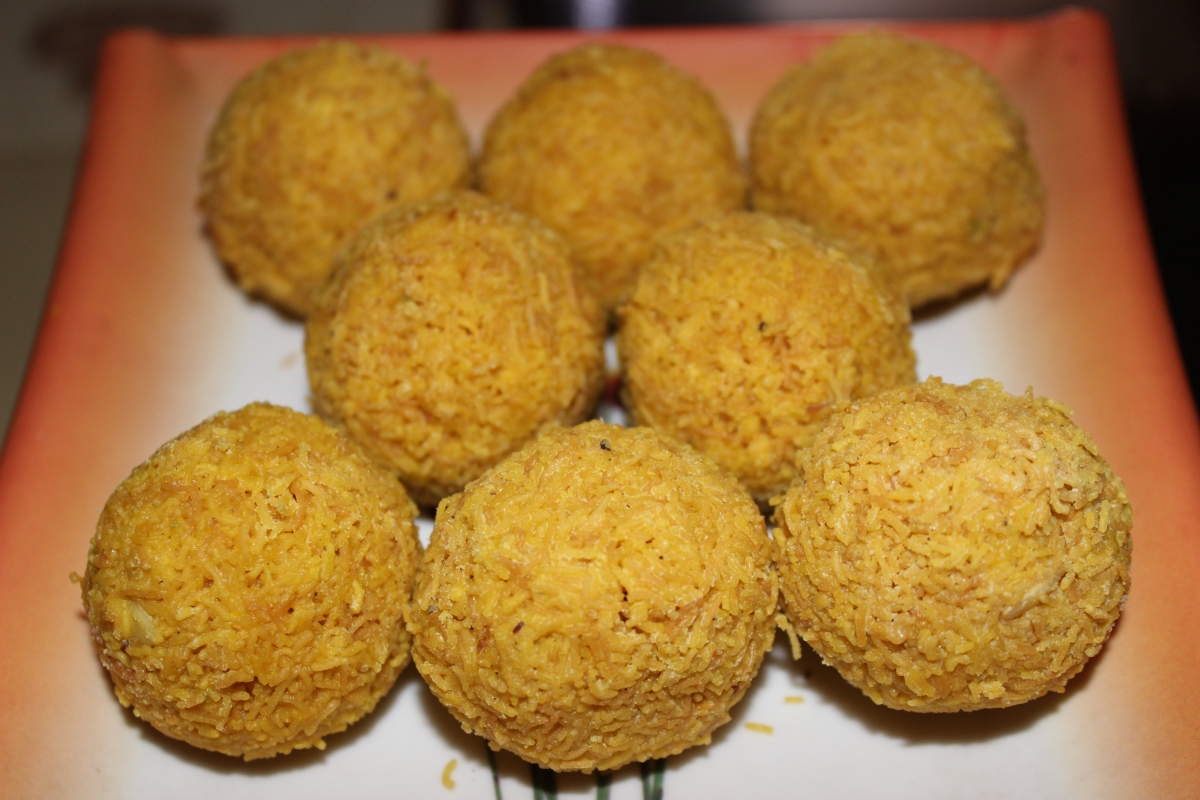
Rairangpur in Mayurbhanj district prepares delectable Sev ladoos. It’s a nice twist to the ubiquitous boondi laddoos.
Nadiya Kora Ladoo:
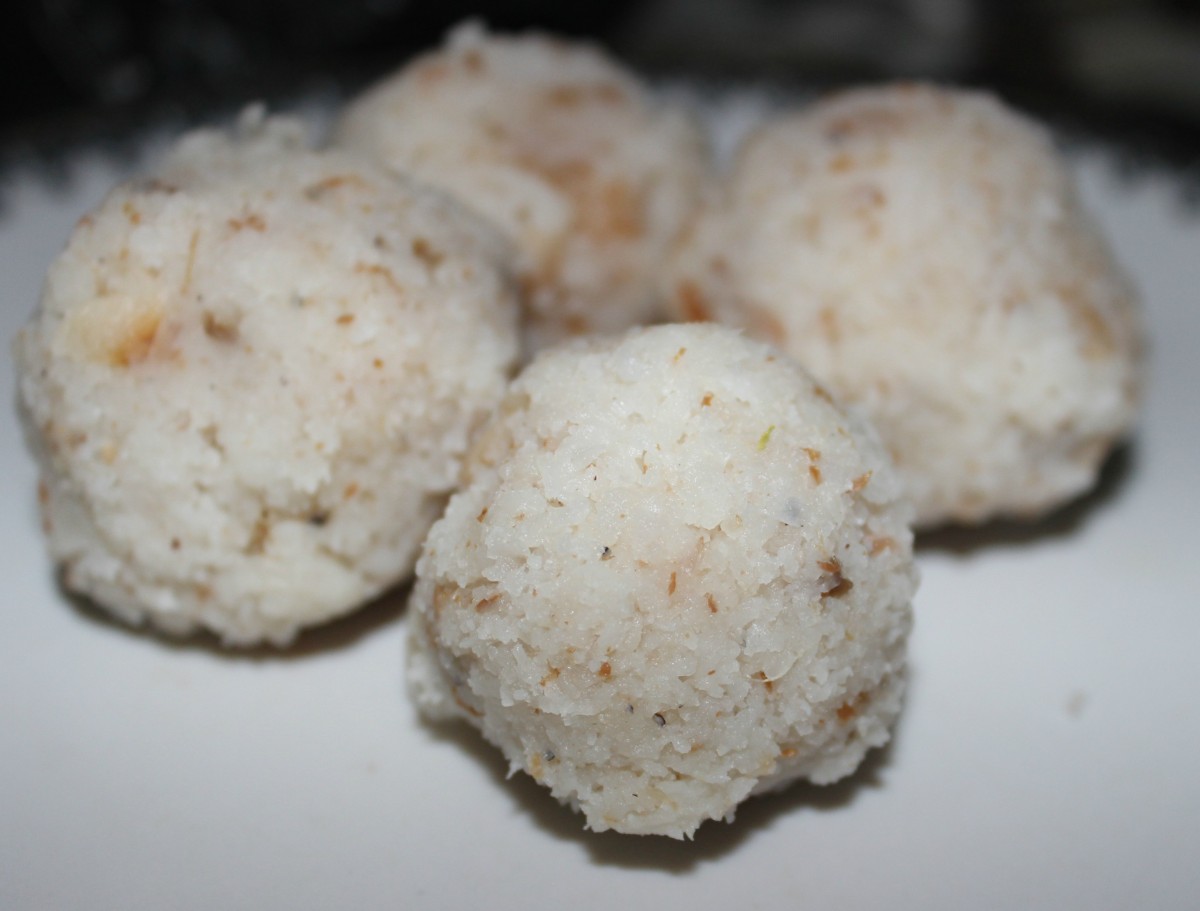
Nadiya Kora means grated coconut. Grated coconut is cooked on the stove along with sugar and dry fruits. Once, it cools down, it is balled into laddoos. It is offered to Goddess Tarini in Keonjhar district and is sold in shops there. But, it’s mostly prepared at homes.
Boondiya:
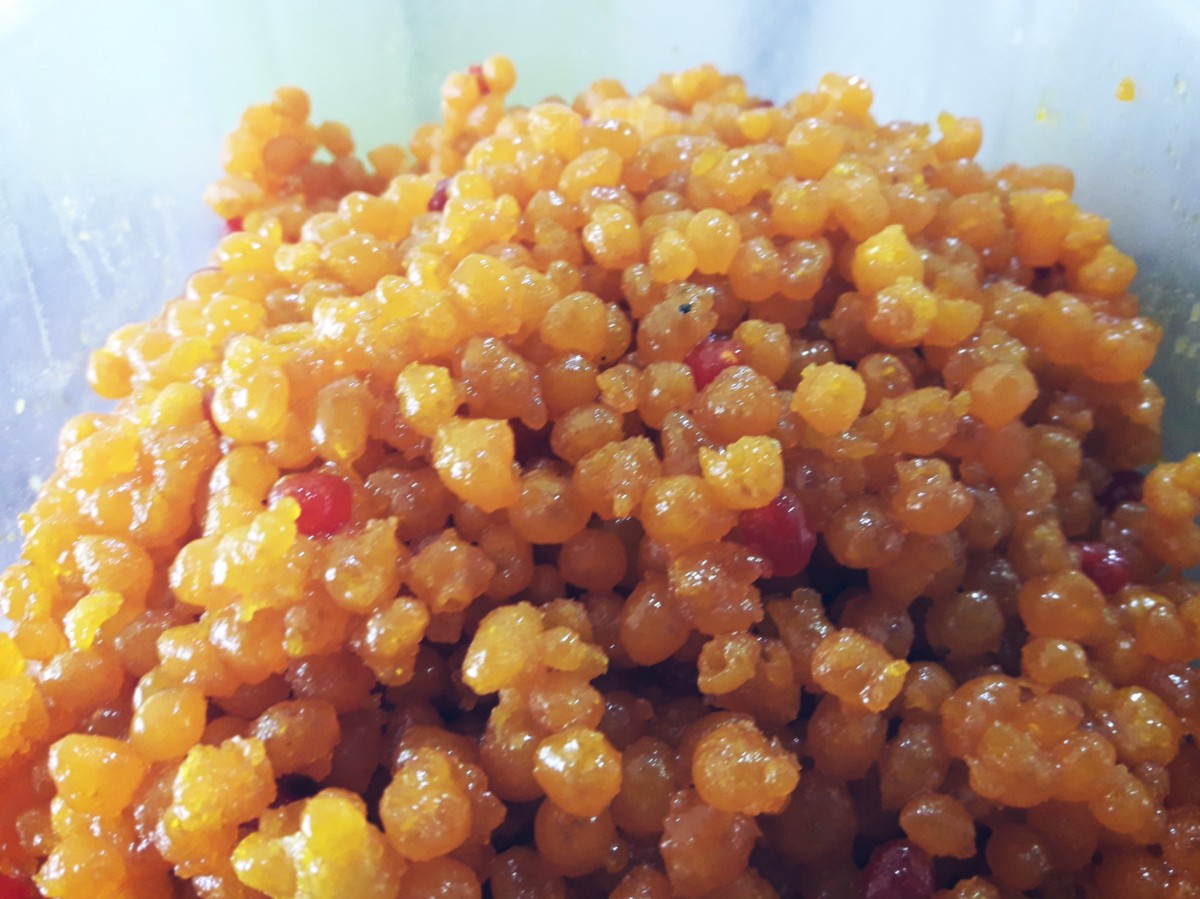
Boondi takes a different form in Odisha when it is not used for making laddoos. It gets bigger, softer and juicier. It is used to complement snacks or is had with chapatis and parathas. Dahi (curd) with boondiya is a popular combination to enjoy this colorful sweet.
A visit to Odisha should definitely include trying out the sweets galore. In Bangalore, 56 Bhoga sweets shop in Agara (near Jagannath temple) stocks most of the above sweets and more.
P.S. The list is not exhaustive. There is the unique Rasabali of Kendrapara and Chhena Jhili of Nimapara and many more. I intend to keep updating the list as I try these sweets out.


